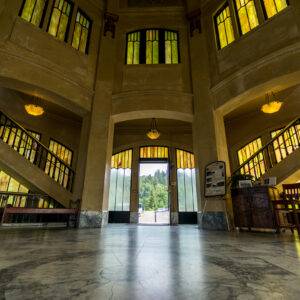Jellybean Row
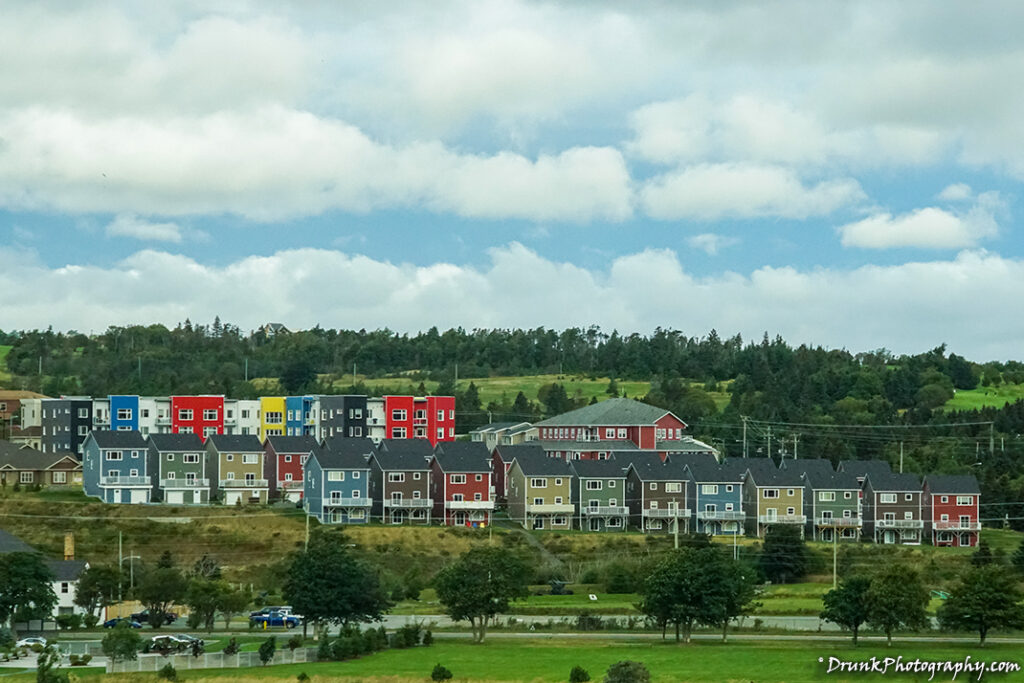
View from miles out
St. John’s, NL A1C 1G8, Canada
Colorfully digesting Jellybean Row habitation

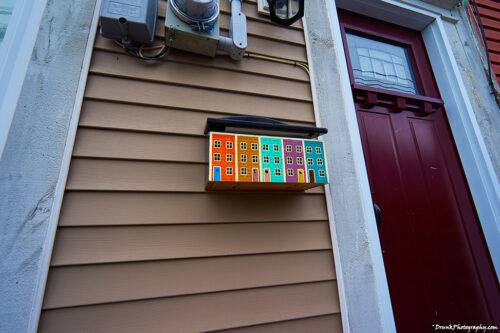
While it might sound LAME to go around looking at other people’s houses, and I will admit there is a small bit of uncomfortable feeling about me confessing to liking to do this; however, I’m comforted by the fact that unlike most people viewing the houses of other people, I’m not going around wishing I could afford any of the houses, nor am I envious of the people living in the houses. How do I know? Because if I owned a home like these, and I find YOU on my property, for sure, you’re getting hogtied and shot! Also, many people looking like they don’t “belong” in an area, are getting shot, at least in the USA, anyway. Look, man, I have a lot of experience involving oddly-lurking parcel delivery men, mailmen, cable guys, milkmen or repairmen, snooping around homes, and next thing you know, the kids are calling them “Uncle-Daddy“. Come near my home, you’re getting shot. But, a while back, I couldn’t figure out why countless people, all coming back from vacations, kept wanting to show me homes they saw while scouting (which many other people consider extremely boring). They noticed something about me, which I didn’t know myself, which was that I had high interest in the architecture shown, in particular, anything rustic, or old-school in design or feel. I found a new “thing” that I didn’t even know was even a thing, in the first place. Apparently, I liked going on vacation, walking around being a street-level peeping-tom of sorts (minus the sexual overtone and dumpster diving aspects), finding artsy and/or colorful houses of other people, to admire the beauty of. Great, I had a new THING. The thing is, I didn’t fully realize this “thing” was in full gear until I got to this place people referred to as the ” Jellybean Row “.
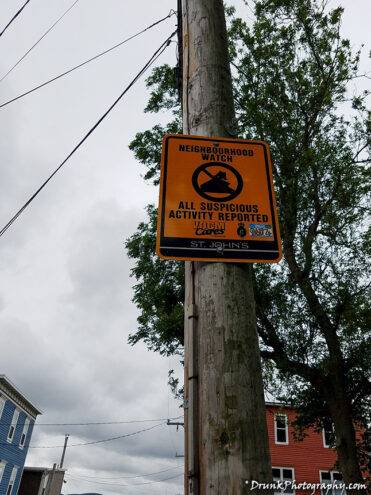
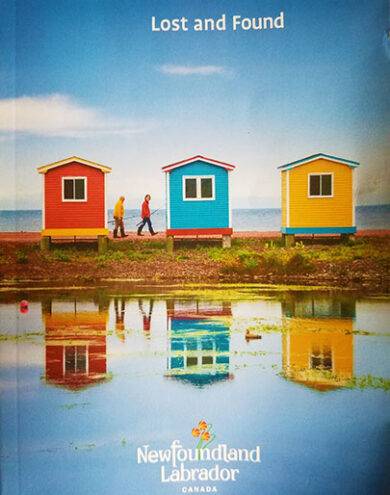
I first noticed that I liked the architecture of old homes while out viewing some of the rich peoples’ San Francisco’s Victorian homes, but I just poo-pooed it all just things rich people owned to make things look fancy. Then I got my hands on a Newfoundland and Labrador tour book, and I was in love with the simple, yet beautiful picture of these 3 vividly colorful, small structures (of some sort), lined up with perfect symmetry, reflected in water, in the scene with some fishermen walking by with colorful jackets. There was nothing spectacular about it to anyone else I showed the book too, they just didn’t “get it” photographically, and surely didn’t want to go to this place with me, for fear of it being too boring. I saw it and I knew I had to get over there, immediately, there must be some kind of “energy” and truth to what was being portrayed by the tour book. It would also be revealed that I also did not quite “get it” either, because being that picture being “art”(check inset pic on left) had extra meaning, and it represented a culture I had yet to run into, or understand (by this point), with historical, cultural significance. Since it was a great photograph, I was certainly going to get to the bottom of the true significance of it.
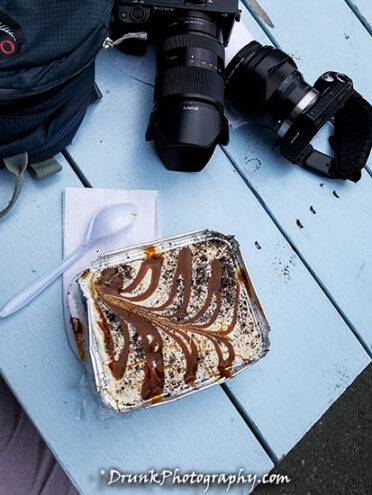
I had seen many different buildings, all over Newfoundland and Labrador, but I couldn’t tell if anyone lived in them or if they were just old sheds or something. So when I got to the stretch of my trip, the last leg of the trip in NL, I was exhausted, and I ended up in the St. John’s area. I had to pull up at this ice cream spot, which turned into a walking tour. I was walking around trying to find this famous MOO MOO’S ice cream shop, in search of some legendary “Turtle Cheesecake” treat which (according to all locals) I couldn’t leave NL without having. That claim turned out to be very true, that was some damn good… ice cream cookie cheesecake thingamajig, it took more than 30 minutes to polish off. It was freezing that day so I’m not sure what I was thinking by eating that at that time, and I was outside in the parking lot, at a table eating, the sky wasn’t cooperating that day, no sun to be found for 2 days in a row, just windy, dreary, cloudy madness all over, in St. John’s. I wondered “who the hell could stand this weather all year around?” St. John’s had appeared so drab to me, before this point. Nonetheless, task accomplished, on to the next task,… or so I thought. As soon as I looked up from my mess I made on the table, I looked across King’s Road and noticed some funky ass looking houses in front of me. They weren’t super fancy but they were all colorful, simple design. Against those cloudy skies, they started to jump off of the page, to me. And if you can imagine, at this point, if you see these colors, they just pop out of nowhere, a mélange of colors, each one like a Jellybean. LOL
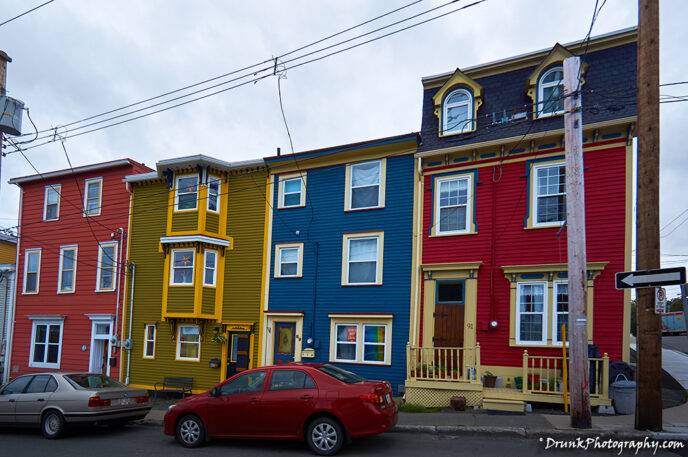
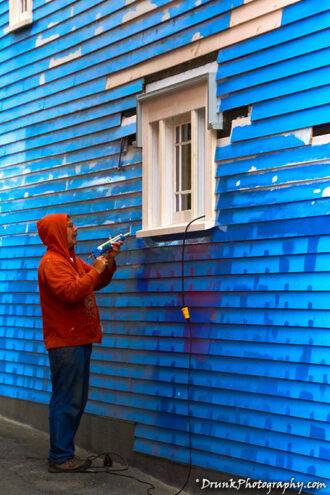
Next, I found myself looking down the street (south-east) to see more of these colorful houses, and I got drawn down 1 street to the next (I was supposed to be going in the opposite direction, headed for the famous place named “The Rooms” next). I was hypnotized by these tiny, colorful boxes. There were hills all over this place, just like walking in San Francisco, and I kind of got lost in a maze of sorts, walking this area for a good while, trying to burn off the Turtle Cheesecake subconsciously. lol I started walking the area more, it was like the streets were pulling me down them, and locals (passing me by) were not weirded out by any of this wandering I was doing, pointing cameras at their homes. lol People said “hi” and asked me “have you gone down that street yet?” WTF? So polite and telling me to go peep more houses? Where the hell was I? It dawned on me, this house watching was a “thing” in this area, and likely, the houses were done in this style to get people’s attention (currently, anyway). I later (after sharing some of these pictures with my friends at the hotel) learned that I had accidentally stumbled on what is known as “Jellybean Row“, a major thing many people go to St. John’s to see. No one told me about this, previously, because they likely didn’t figure I’d like it, after sizing me up. I don’t read the brochures much, as you can tell, so I was pleasantly surprised that I didn’t miss a major attraction here. In reality, I actually saw a lot of Jellybean Rows, to be honest with you, so it’s not like it’s in 1 location, they’re all over the place a many of the houses are stacked side by side and can be found in bright colors. If you’re in downtown St. John’s and walk around Gower Street, then go up and down the north and south connecting streets, you’ll see a plethora of them.
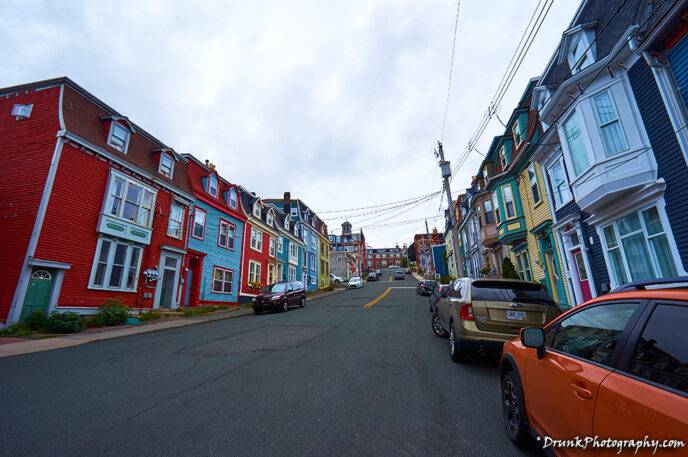
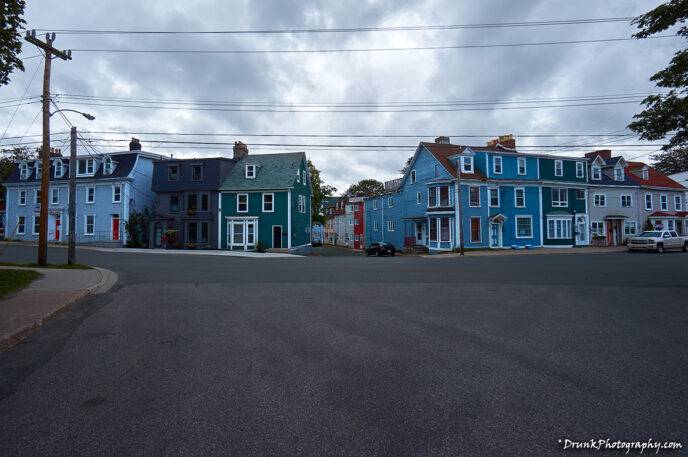
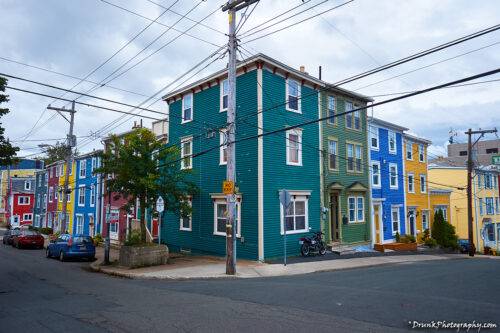
While the houses’ designs are a nod to early simplistic 19th-century colonization by the Brits (St John’s is the oldest British settlement in North America), that makes it kind of unique to the rest of Canada, but the modern colors are not all something from that time. Between the mid-1700s and early 1800s, there were restrictions put in place to discourage people permanently moving to St John’s, and homes had to be these tiny, wooden, 1 story homes, mostly dedicated to fishermen s’ living. Then a huge fire broke out in the 1840s, wiping out most of the city, so that restriction was dead, and now houses were encouraged to be built with stone or brick from that point on. There was nothing Jellybean about anything at this point, just old boring homes. Then, they city lost nearly all of those historic value of the homes after that fire. Then, in 1892, another fire took out a lot of St. John’s, and what was rebuilt, in this reconstruction period, is a lot of that is what is still there now, marked as historic sites currently.
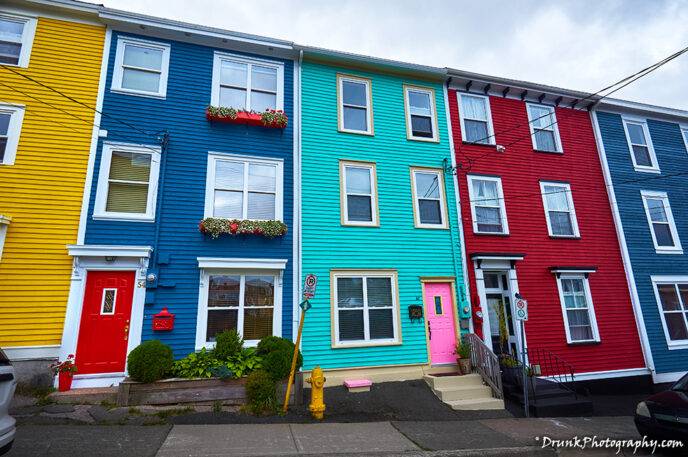
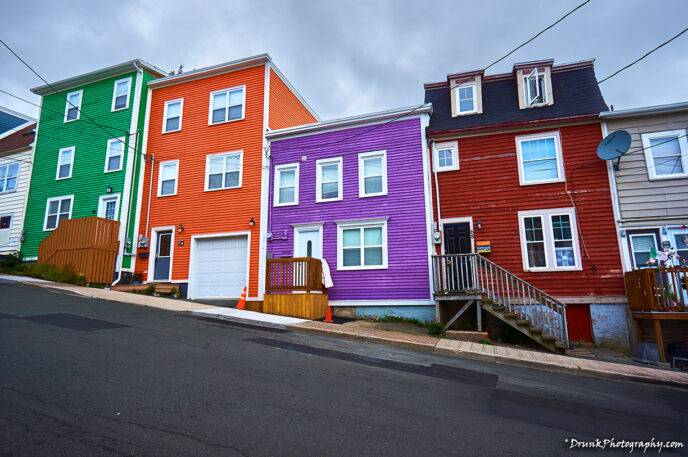
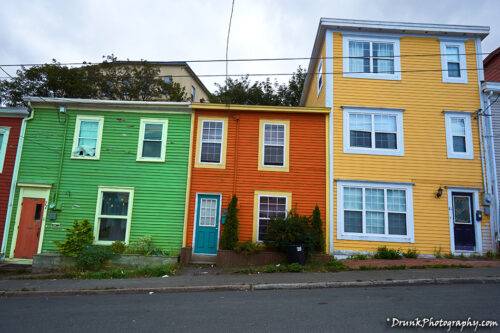
Many of the bigger, attractive and commonly found 3-story homes are called “Second Empire” style homes, created after that fire of 1892, and these are also found in the Jellybean Row house styles seen. You will see these referred to (locally) as the “Southcott Style” because the Southcott company used this as their common style during this reconstruction, so they are credited with bringing it to St. John’s. The notable features of this design are the top-floor windows that have dormer windows, and the 3 or more sloped roof partitions, 1 in front, 1 in back of the house and an upper sloped roof section connecting to front and back slopes in the middle of the house. That’s called a mansard roof style. In these mansard roofs, the dormer windows are integrated into the front and back slants of the roof. The rest of the Jellybean Row houses are mostly plain boxes in what I’d guess were just poor-man’s Victorian-style homes, which were common for fishermen to have, but there are the huge ones like mansions, in the Queen Anne style, but that’s reserved for the richer areas and are stand-alone. A beauty that was unfortunately restored but when restored in the 1960s, lost its original features, was the Victoria Hall, which housed the controversial group “The Loyal Orange Institution” – complete with the Irish flag on top. Check the changes throughout time here.
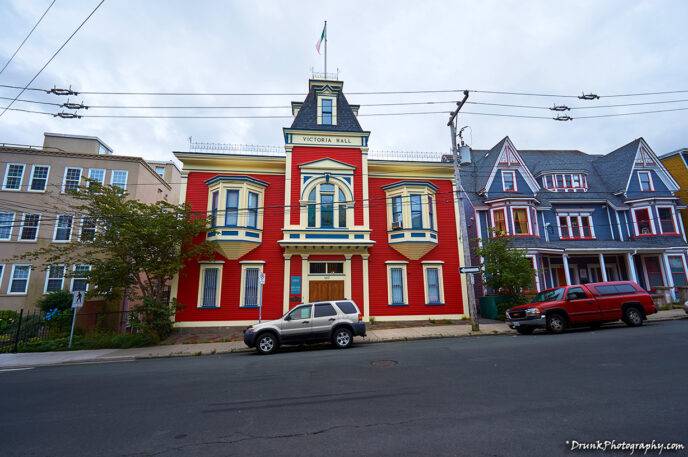
The origins of the colorfulness of Jellybean Row homes stems from the times when all of the fishermen were living in these areas and when they would return home, from long, strenuous trips, possibly even drunk, they’d come home and there would be these rows and rows and rows of identical houses, all stacked up back to back to back. It was hard to distinguish one from another, so they started to paint them in the available bright colors, to help stand out from the other homes, which is why you’re not likely going to see the same colored house side by side, there. This tradition has carried on for centuries, although, clearly, one knows his address by now.
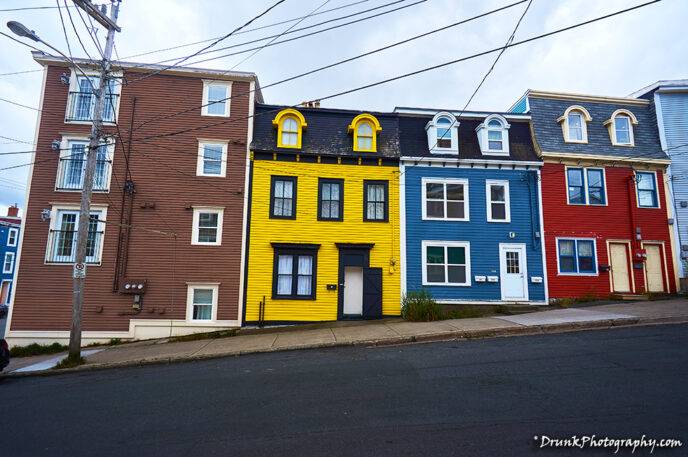
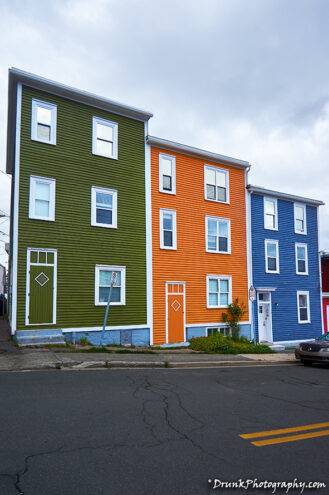
Many of the places I toured, in Newfoundland and Labrador, were just so colorless, yet beautiful in their own ways, that it was very pleasant to see the house colors scattered about, not just in St. Johns, but here and there where the scenery was just so bland. The red is a standard color, for sure. I believe this is also the motivation behind the coloring scheme, to not seem so bland and dry. Psychologically, you will go crazy with all that fog and dullness, so the colors help cheer one up, the same thing for seeing colored buildings in Miami, USA- or maybe that was fueled by so many people being high on cocaine, in the 80s. This painting thing is so big, tourists fly there and buy buckets of paint to take back with them, if possible. This paint boom and craziness also has historical value, dating back to the Confederation. Everyone and his mother was a paint salesman, suddenly, but those old colors they were peddling back then, have huge value right now. Nowadays, there is a debate about the old-school colors and paints versus the new unbelievably vivid colors and paint technology- most people want the old school colors back, so it’s become an issue that their Heritage Foundation has taken up. Right now, one can still get the house paint colors found in this chart here. In recent times, the development of being able to have a tint to colors helped keep the paint game alive, as well as multi-colored homes also commonly seen today. How much do you want to bet that this whole Jellybean Row thing is likely some real estate tycoon’s idea to boost the prices and values of homes, as I’m sure, like San Francisco, those homes are ridiculously expensive in St. John’s. It’s still a good idea, tourism-wise, because it worked on me, and made me walk for hours!
Coming from a place with huge, imposing, intimidating, gun-metal grey, glass, skyscraper phallic competition symbols blocking the skies, it made all the sense in the world (to me at least) why I’d be intrigued by simple houses with vivid colors! Sometimes, simple is better.
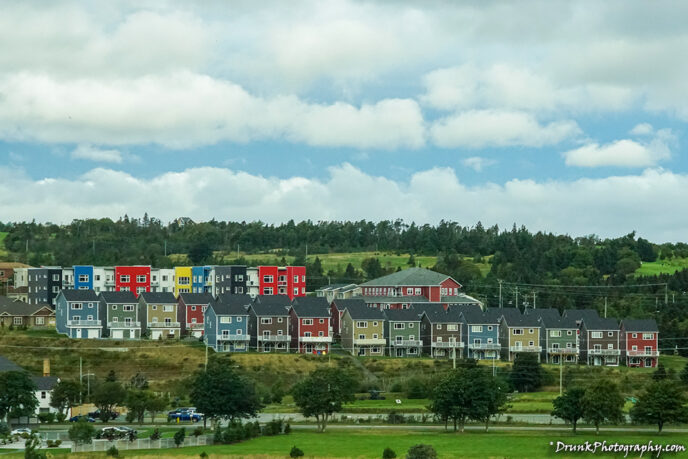
As always, the finished products can be found on the main site of www.drunkphotography.com.

